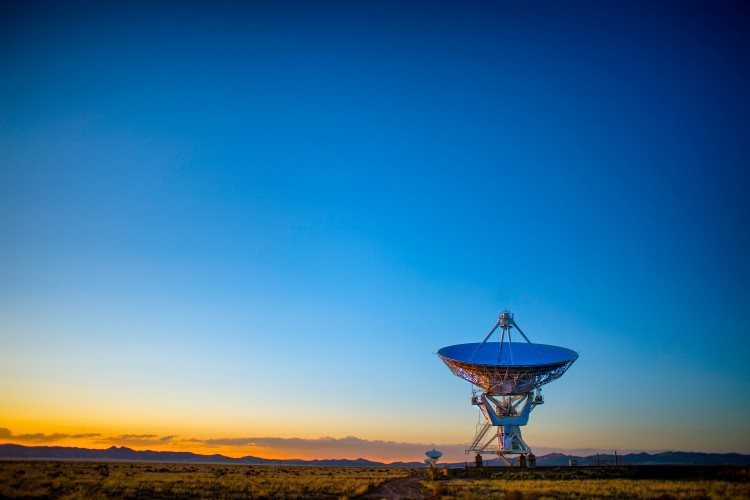As the government gears up to introduce satellite spectrum for the telecom sector, the industry regulator, Telecom Regulatory Authority of India, has confirmed that it will carefully consider all inputs regarding the allocation of satellite spectrum before finalising its recommendations. In response to Reliance Jio’s suggestion of spectrum auctions, TRAI said that it will not withdraw its current consultation paper which was released last month or issue a new one.
Reliance Jio is not the only mobile operator advocating for the auction of satellite spectrum, especially for satcom companies planning to offer retail services in urban areas. Recently, Bharti Enterprises Chairman Sunil Bharti Mittal joined Reliance Jio in calling for auctions. In contrast, Starlink, led by Elon Musk, and other technology firms like Amazon oppose the auction route. Musk has criticised the auction demand from Indian tycoons Mukesh Ambani and Sunil Bharti Mittal, calling it unprecedented. Starlink, argues that allocating satellite spectrum is consistent with global trends, as it aims to tap into the world’s fastest-growing mobile and internet market.
READ | No economic pain: India-Canada trade withstands diplomatic strain
What is Satellite Spectrum
Satellite spectrum refers to a special range of radio frequencies used by satellites to communicate, enabling high-speed internet access even in remote areas where ground-based networks are less reliable. Operating between 1.5 and 51.5 gigahertz (GHz), this spectrum is essential for delivering fast broadband services. Due to its limited availability, companies are competing for access to it for purposes like satellite broadcasting and communication.
Unlike terrestrial spectrum, which is used for mobile communications, satellite spectrum is inherently international and managed by the International Telecommunications Union (ITU), transcending national borders. Satellite connectivity, which doesn’t depend on ground infrastructure, offers broader coverage, high speeds, and unlimited data plans, making it ideal for remote areas. However, satellite services can be affected by latency and weather conditions. On the other hand, 5G offers low latency and high speeds but has limited reach, especially in rural India.
Auction vs allocation debate
Sunil Bharti Mittal has argued that the government should ensure that all satellite communication providers follow the same legal conditions as traditional telecom operators, who are required to pay licence fees and buy spectrum. Reliance Jio has similarly pointed out that TRAI’s current consultation paper fails to address the need for a level playing field between satellite and terrestrial services. These companies believe that satellite spectrum should be auctioned rather than allocated.
The government, however, maintains its position, with communications minister Jyotiraditya Scindia stating that the Telecom Act clearly outlines that satellite spectrum will be allocated administratively but at a cost. India follows the international norm of administrative allocation for satellite spectrum, with Scindia adding that the shared nature of satellite spectrum makes individual pricing impractical.
Industry experts also suggest that administrative allocation is more appropriate for satellite services, given the high costs associated with auctions. This approach ensures fair distribution and allows companies like Starlink to enter the Indian market.
Industry support and pricing models
The Indian Space Association (ISpA), which serves as a facilitator for space sector business opportunities in India, supports the government’s stance on spectrum allocation for satellite communications.
TRAI is currently exploring different pricing models for satellite spectrum. One model links prices to a company’s adjusted gross revenue (AGR), making pricing flexible based on financial performance. Another model, widely used elsewhere, sets prices per MHz of spectrum held.
Growth potential and challenges
India’s satellite services market is expected to grow by 36% annually, reaching $1.9 billion by 2030. While satellite broadband holds great promise, affordability remains a major concern. The cost of equipment and subscriptions could restrict access for low-income individuals, potentially undermining India’s efforts to bridge the digital divide. Cooperation between the government and telecom operators is crucial for creating subsidy programs and affordable service plans. Without such initiatives, India may struggle to achieve widespread success in its satellite endeavours.
Partnerships between terrestrial and satellite providers are essential for transforming rural telecommunications, closing the digital divide, and unlocking new development possibilities.
The introduction of satellite broadband in India’s telecom market is expected to increase competition, leading to better services and lower prices for consumers. For market leaders like Reliance, which has spent $19 billion in airwave auctions, the rise of satellite services presents the risk of losing broadband customers to Starlink. As satellite technology advances, this competition could extend to data and voice services. It seems that Reliance Jio is about to face a formidable competitor in Starlink.

